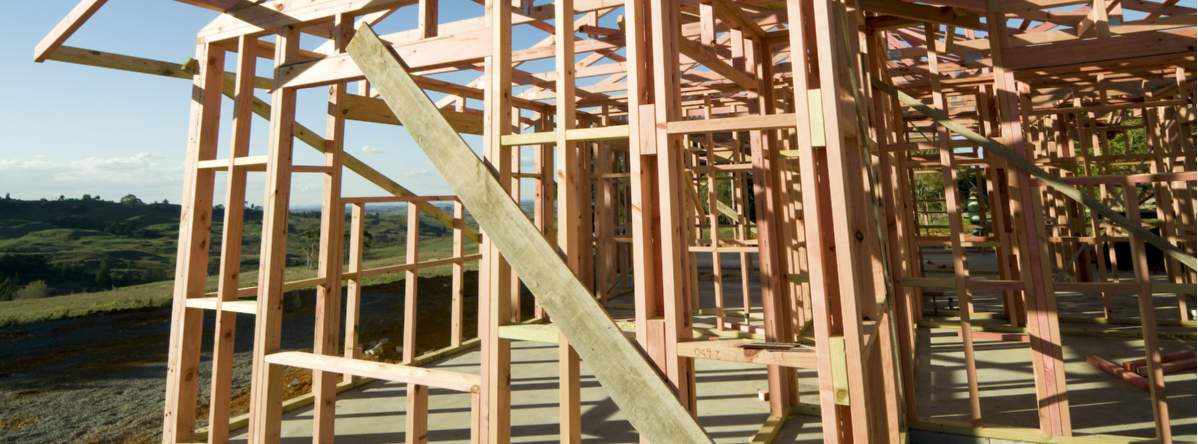Government momentum on the key issue of nutrient pollution is building.
Since the problem was first recognised, development in some parts of country has been on hold while solutions are sought to ensure the nutrient neutrality of new housing in order to protect important habitats.
After a long period of only cursory acknowledgement, the Government has, to its credit, taken a big step forward, most recently in July when it announced a number of new initiatives.
Plans to upgrade wastewater treatment works will be a longer term fix whereas the new Nutrient Mitigation Scheme could come forward in a shorter time frame. However, even that may not be fast enough to get the development industry building again as rapidly as it needs to.
Once an agreement is reached and development can resume, developers will have to pay their way to nutrient neutrality. The Home Builders Federation (HBF) estimates that it costs a developer about £5,000 per unit to contribute to a nutrient offsetting scheme.
That is not huge, but developers will also have to factor in biodiversity net gain and Future Homes Standard requirements, which will come into force in the next few years and add to build costs. This could start to affect development viability.
The challenge for the housebuilding industry is that all these measures are good things, so you wouldn’t argue against any of them in isolation, but, taken together, how can all these costs be absorbed when build costs and inflation are rising?
The national approach to mitigation also raises an important question as to how it will be deployed to the catchments that require it. For example, Ashford Borough Council is already coming forward with its own plans for a strategic solution to address the issues around the Stodmarsh. Presumably the national mitigation scheme will work in harmony with the local authorities and the catchments that are affected.
There is also a significant emphasis on Natural England to deliver the Nutrient Mitigation Scheme at a time when funding and resourcing are in fairly short order. Will Natural England be able to deliver on what is a significant challenge, or is the Government going to boost their funding?
Interestingly, George Eustice, the Secretary of State for Environment, Food and Rural Affairs, has referred to the fact that:
‘Wetlands and woodlands will also provide biodiversity enhancements to areas and promote public access to nature across England, helping to deliver on our levelling-up missions for pride in place and wellbeing'.
It might be that the Government is exploring this as a dual fix, with nutrients providing an opportunity to address the national BNG credit purchase scheme. Given that we are moving into a natural capital world, it will be important to consider these sort of initiatives in a holistic fashion in order that we can achieve efficiencies and economies of scale when it comes to the natural environment.
Further information










.jpg)